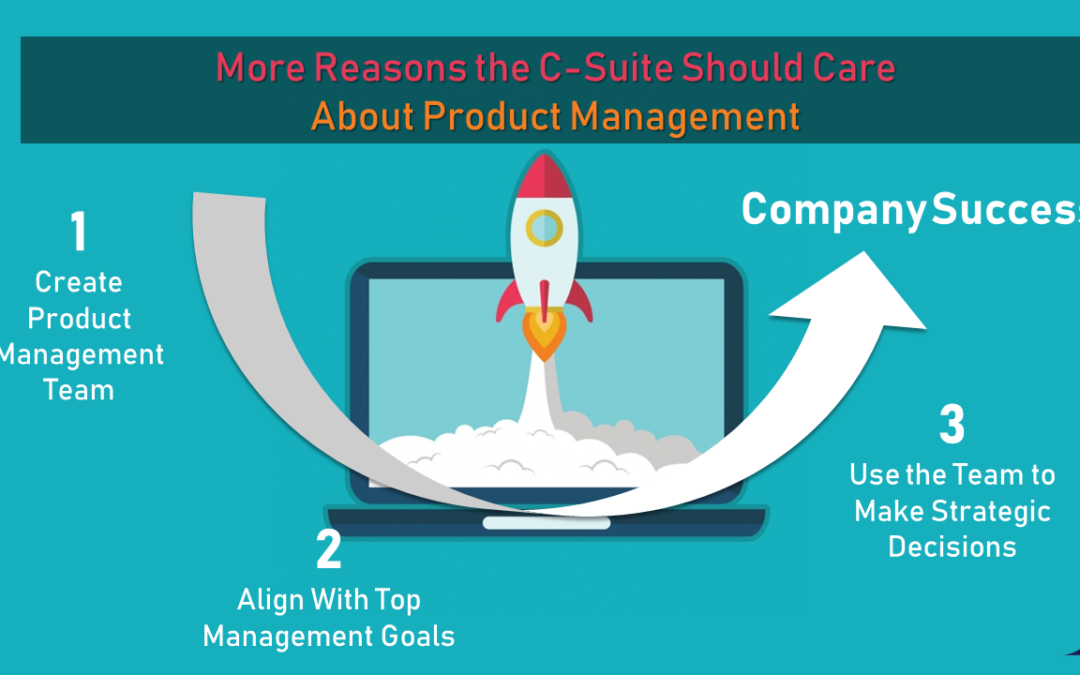I recently wrote about why different elements of the executive management team should care about product management.
Those were the why’s. Here are some of the how’s.
A Seat at the Table
Because of their unique view of the myriad elements of the business, the product management team should be an independent body with equal stature to other functional areas of the business. Only as an equal and independent body can the C-level leadership be assured of unbiased recommendations on product strategy and direction to meet market needs. This, of course, assumes the product management team can perform their jobs effectively.
I’ve found this equal status is uncommon in most organizations. The most common reason is most CEO’s do not understand the role. Some see it as merely a function of engineering, some as an extension of sales, some as a marketing position. Sometimes the misunderstanding is because the CEO/COO had never been exposed to structured, organized product management. Sometimes it’s because the product management group has not earned that honor.
A Trust Bank Account
What too many product managers don’t understand is they must create and nurture a “trust bank account”. By design product managers have no direct reports. They cannot make anyone do anything. They must move their product forward by convincing everyone around them that they have the vision. Too often product managers assume theirs is the best and final voice, that it’s been granted to them. Others – sales, engineering, marketing – beg to differ. It’s critically important to understand you cannot withdraw trust before you have made deposits. Once the groups most closely aligned with product management learns to trust them, that then filters up to the C-Suite, who then comes to trust them.
The C-suite should challenge and ask the hard questions to product management, just like an Investor would to them before signing a check or agreement for funding. Is this direction in our wheelhouse? Is the product strategic or a way of generating cash to fund other projects? Does engineering have the skills and horsepower to execute and deliver on-time and within budget? Can sales actually sell what is created? Can we operationally handle the logistics and source materials in a cost-effective manner? Can this be priced to give the desired margin in a worst-case scenario? What type of volume and forecast is realistic?

These are all questions a top-flight product management group can answer. If they can’t, you don’t have a functioning product management team and your business could suffer the consequences.
I was once involved with a company who chose to be sales-driven and made product management sales engineers – you can no longer find their name. Another time my company decided to blindly follow its charismatic CTO, they still exist but at a fraction of their one-time market value. There are a lot of stories because the industry is littered with the carcasses of companies and products where the C-suite did not organize or empower product management in a manner that enables them to do their job.
Correct creation, alignment, and use of product management can enable a company to make strategic decisions that gives the company their best chance at success.
How’s your understanding of your product management function?

Contributors: Greg Coticchia, Jim Holland, Mike May, Jay Nakagawa, Mike Smart, Steve Veregge

